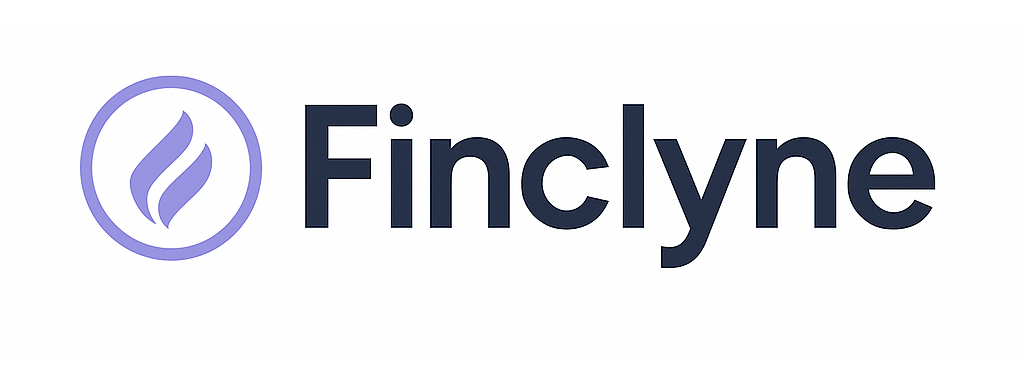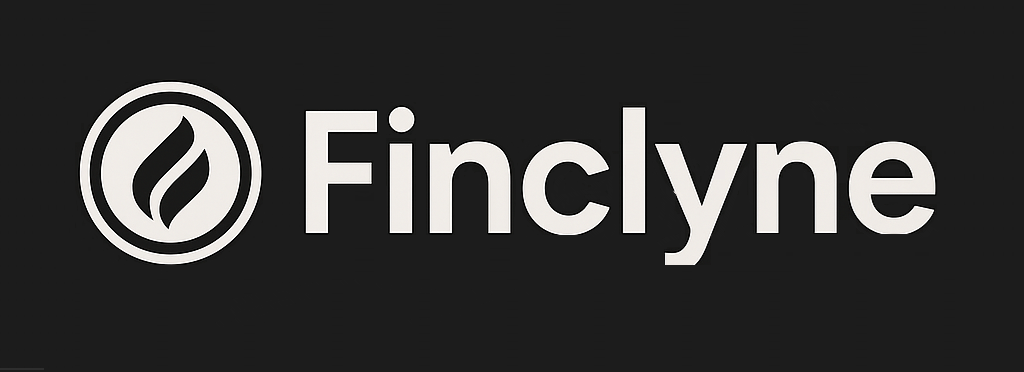2 Smart ETF Plays to Ride the AI Wave Without Picking Individual Stocks
The artificial intelligence revolution is no longer a distant sci-fi concept; it’s a present-day economic force reshaping industries from healthcare to transportation. For investors, particularly young adults looking to build long-term wealth, the allure of this technological gold rush is immense. The meteoric rise of companies like Nvidia has created a sense of urgency to get in on the action. However, the path to profiting from AI is fraught with uncertainty. Picking individual stock winners is a high-stakes game that requires deep analysis and a strong appetite for risk. For every success story, countless others may falter in the face of intense competition and rapid innovation.
This is where the strategic use of Exchange-Traded Funds (ETFs) comes into play. An ETF is a type of investment fund that holds a collection of assetsin this case, stocks of various companiesbut trades on an exchange just like a single stock. By investing in an ETF, you gain instant diversification, spreading your investment across dozens or even hundreds of companies. This approach mitigates the risk of a single company’s poor performance derailing your portfolio, offering a more balanced way to capture the upside of a broad market trend like AI. For those looking to invest in the AI wave without the anxiety of stock-picking, two distinct ETF strategies offer compelling, albeit different, pathways.
One approach is the targeted, thematic investment. A prime example is the **Global X Robotics & Artificial Intelligence ETF (ticker: BOTZ)**. This fund is a “pure-play” on the AI and robotics theme, specifically designed to invest in companies that are positioned to benefit directly from the adoption and utilization of this technology. Its portfolio includes global leaders in industrial robotics, automation, AI-driven software, and autonomous vehicles. Top holdings frequently include AI chip titan Nvidia, as well as companies like Intuitive Surgical, a leader in robotic-assisted surgery, and ABB Ltd., a giant in industrial automation. Investing in BOTZ is a concentrated bet on the AI ecosystem itself. The advantage is direct exposure to the companies at the heart of the revolution, offering potentially explosive growth. The trade-off is higher volatility and concentration risk, as its fate is tied closely to the specific fortunes of the robotics and AI sectors.
A second, more conservative strategy is to invest in the established technology behemoths that are building the very foundation of the AI-powered world. The **Invesco QQQ Trust (ticker: QQQ)**, which tracks the Nasdaq-100 Index, serves this purpose perfectly. While not marketed as an “AI fund,” the QQQ is heavily weighted towards the mega-cap tech companies that are leading AI development and deployment. Its largest holdings are a who’s who of AI power players: Microsoft (via its OpenAI partnership and Azure cloud), Apple (integrating AI into its ecosystem), Alphabet (Google’s parent company and AI pioneer), Amazon (through AWS cloud services), and, of course, Nvidia. The investment thesis here is different. Instead of betting on niche players, you’re investing in the titans with the vast capital, data, and infrastructure to dominate the AI landscape for the foreseeable future. This offers a more diversified and potentially less volatile ride, as these companies have multiple, robust revenue streams beyond their AI ventures.
Ultimately, the choice between a focused thematic fund like BOTZ and a diversified tech giant fund like QQQ depends on an investor’s individual goals and risk tolerance. The former offers a high-octane, direct bet on the AI industry’s growth, while the latter provides broader, more stable exposure to the market leaders driving the trend. For young investors, a combination of approaches could even be considered. Regardless of the chosen path, using ETFs provides a disciplined and diversified method to participate in one of the most significant technological shifts of our generation, turning the complex task of picking winners into a more manageable strategy of betting on the entire wave.





